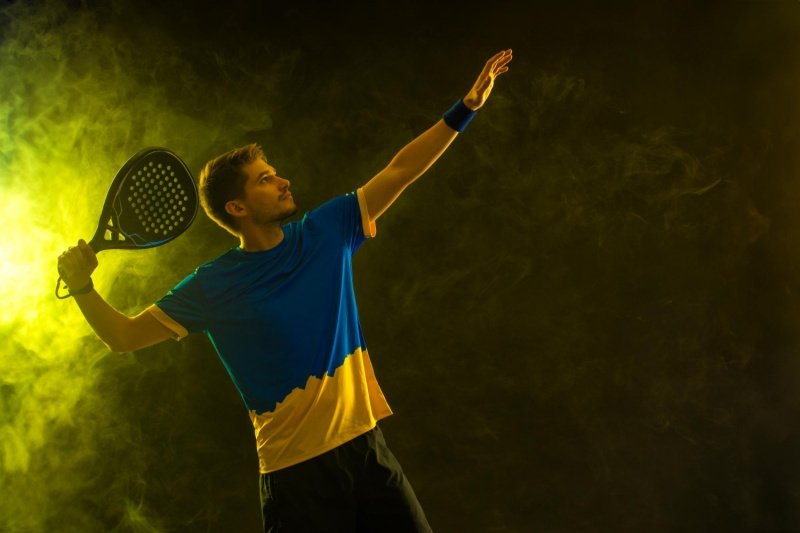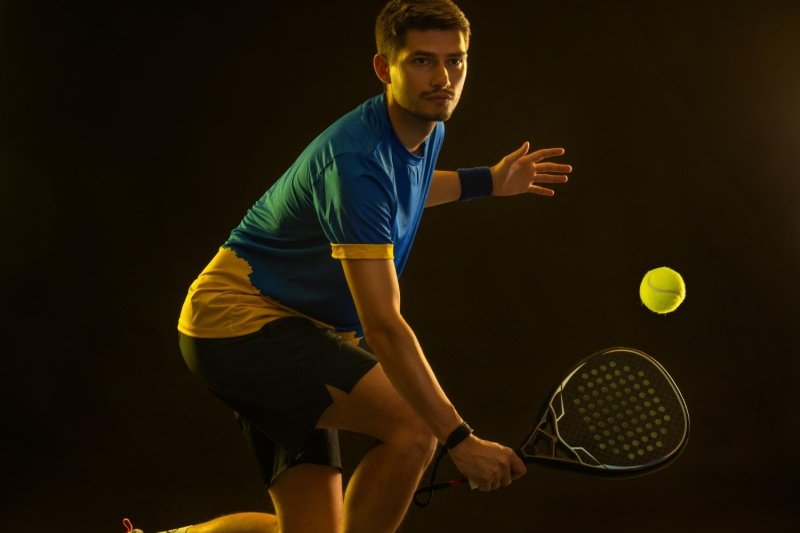Padel's rapid rise left fans wondering where it all began in Europe—and how top tournaments shaped the sport.
The first European Padel Championship1 took place in 1995, establishing a foundation for competitive padel across the continent.
Discover how this sport evolved, where it started, and who rules the courts today.
When was the first European Padel Championship?
Padel grew quickly in popularity, but a structured European competition didn’t exist—until one event changed everything.
The inaugural European Padel Championship was held in 1995 in Spain.
A Look Back at the 1995 European Padel Championship
That first European Padel Championship, organized by the European Padel Association2, took place in Marbella, Spain. It brought together eight countries, marking the beginning of formal international competition for the continent.
H3: Countries That Participated
| Country | Participation Level | Notes |
|---|---|---|
| Spain | Full team | Host nation and top contender |
| Italy | Full team | One of the early adopters |
| France | Partial team | Strong future growth |
| Portugal | Full team | Deep cultural ties to padel |
| Belgium | Partial team | Newcomer to the sport |
| Netherlands | Partial team | Showed early promise |
| Germany | Observers only | Still building awareness |
| Sweden | Full team | Quickly rose in rankings |
H3: Why This Championship Mattered
This event was a turning point. It encouraged federations to formalize their structures and created a unified calendar of future competitions. It also demonstrated the demand for organized padel in Europe.
Who is the world champion of padel?
Everyone watches the top players, but only a few earn the title of "world champion."
As of 2024, the reigning world champions are Juan Lebrón and Ale Galán in men's, and Ariana Sánchez and Paula Josemaría in women's.
H3: Current Padel World Champions
Padel rankings shift throughout the year, but these names have consistently held the top spots due to their teamwork, strategy, and consistency.
H3: Men’s and Women’s Rankings Overview
| Category | Champion Pair | Nationality |
|---|---|---|
| Men's | Juan Lebrón & Alejandro Galán | Spain |
| Women's | Ariana Sánchez & Paula Josemaría | Spain |
H3: The Road to the Top
Becoming a world champion takes more than winning one tournament. These players compete in the World Padel Tour (WPT)3, Premier Padel events, and the FIP World Championships4. Each win contributes to their ranking, but also shapes their reputation in the padel world.
H3: My Take as a Manufacturer
As someone who works with players and sees what they value in equipment, I’ve noticed that champions demand not just performance—but consistency. It’s a key insight we use when developing our paddles at NEX Padel.
What is the most prestigious padel tournament?
With many tournaments out there, only a few stand out as career-defining moments for players.
The Premier Padel Major tournaments5 and the World Padel Tour Master Final are considered the most prestigious events in the sport.
H3: Comparing the Top Padel Tournaments
There are now multiple organizations hosting elite padel events. Let’s compare them:
| Tournament | Organizer | Prestige Level | Prize Money | Player Ranking Impact |
|---|---|---|---|---|
| Premier Padel Majors | FIP/QSI | Very High | High | Significant |
| WPT Master Final | World Padel Tour | Very High | Medium-High | Career-defining |
| FIP World Championships | FIP | High | Variable | National Representation |
H3: Why These Tournaments Matter
These tournaments are where history is made. For many players, winning the WPT Master Final is equivalent to a Grand Slam in tennis. Premier Padel’s global reach and high production value are also raising the bar.
H3: The Role of Equipment
Top tournaments mean faster play, tougher conditions, and higher stakes. That’s why players choose gear they trust. At NEX Padel, we work to ensure our paddles meet these elite demands.
Which country invented the padel?
Padel didn’t come from Europe. Its roots go much further back than many people realize.
Padel was invented in Mexico in 1969 by Enrique Corcuera.
H3: Origins of Padel
Enrique Corcuera modified his squash court at his home in Acapulco, enclosing it with walls and creating what we now know as padel. His goal? Create a more social, accessible racket sport.
H3: Timeline of Padel's Global Spread
| Year | Event | Location |
|---|---|---|
| 1969 | Invention by Enrique Corcuera | Acapulco, Mexico |
| 1974 | Introduction to Spain by Alfonso Hohenlohe | Marbella, Spain |
| 1990s | Spread throughout Europe | France, Italy, etc. |
| 2005+ | Explosion in Latin America and Europe | Argentina, Sweden, etc. |
H3: Cultural Adaptation
Though born in Mexico, padel found its true growth in Spain and Argentina. These countries embraced the sport, adding their unique styles and pushing it toward professionalization.
H3: Manufacturing Perspective
As a manufacturer based in China, I find it fascinating how the sport’s roots influence design. Mexican courts were small and simple—today’s courts and paddles reflect global engineering and innovation. At NEX Padel, we draw from all these histories to build something better.
Conclusion
Padel began in Mexico, thrived in Europe, crowned champions in Spain, and now shines in elite global tournaments.
-
Understand its impact on competitive padel in Europe. ↩
-
Learn how the association standardized padel competitions across Europe. ↩
-
Discover the competitive framework and ranking impact of the World Padel Tour. ↩
-
Learn about the championship's role in international padel competition. ↩
-
Explore why these tournaments are deemed prestigious in padel. ↩








